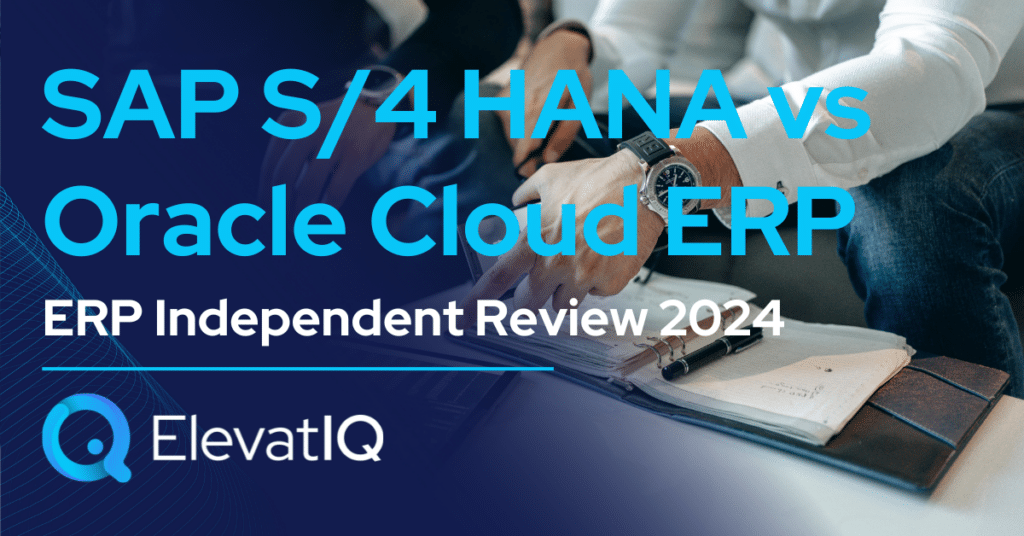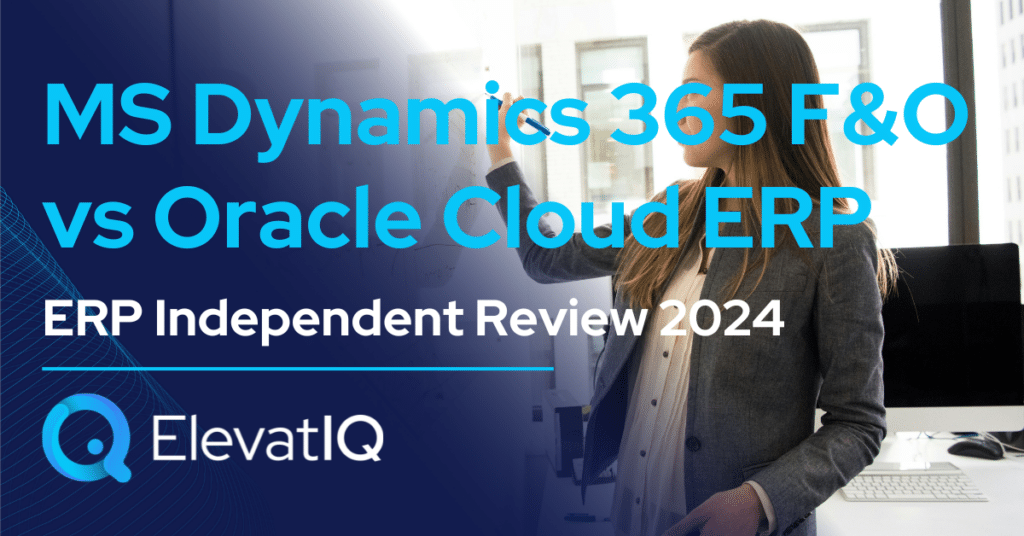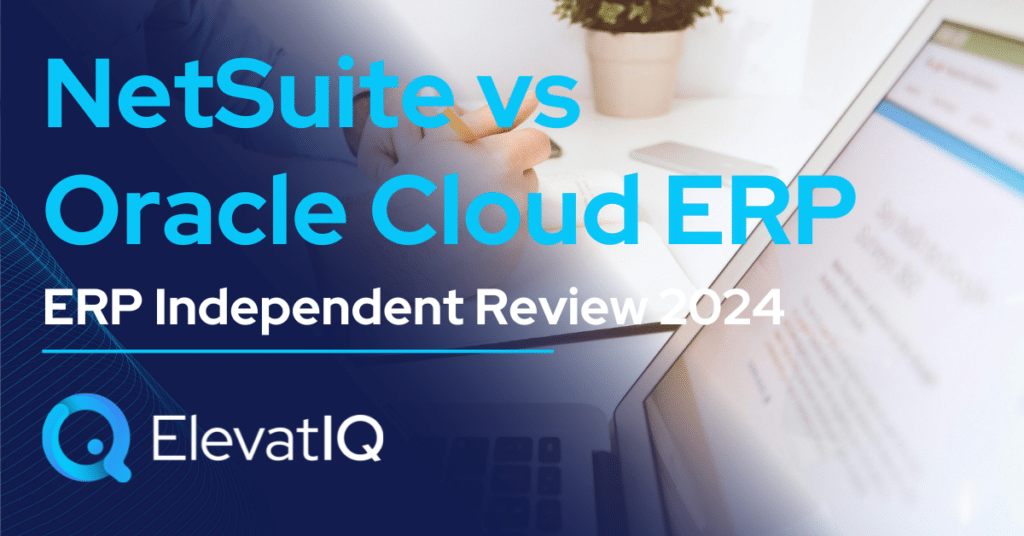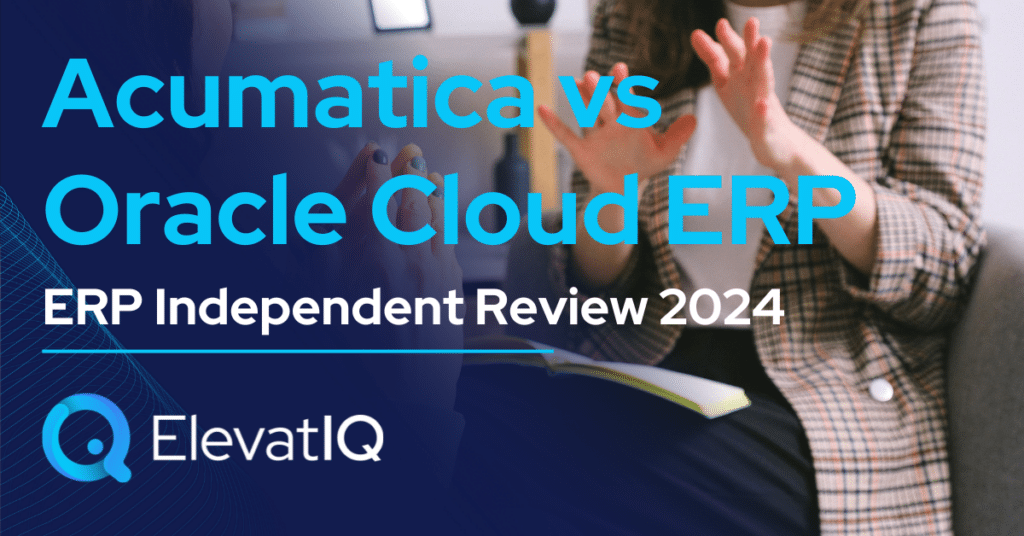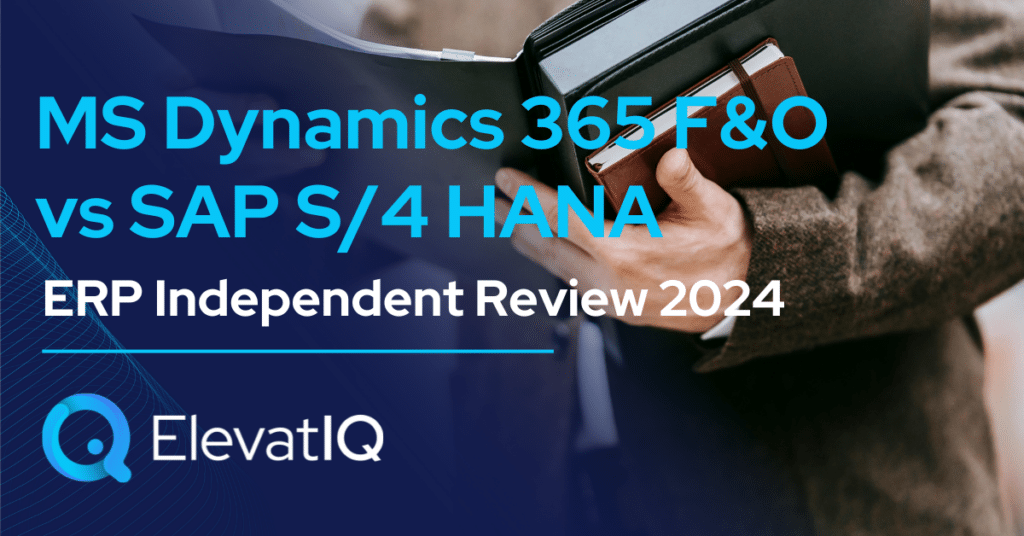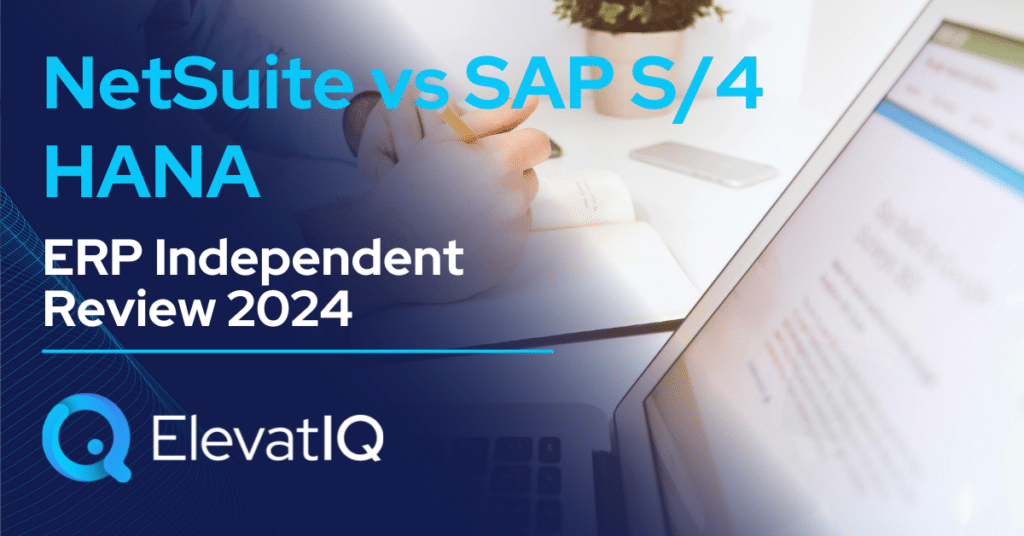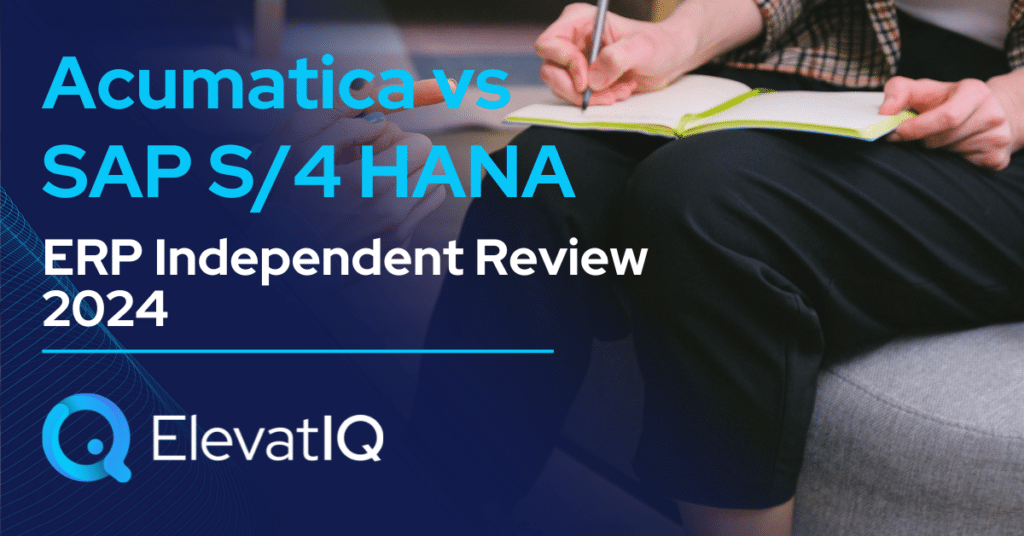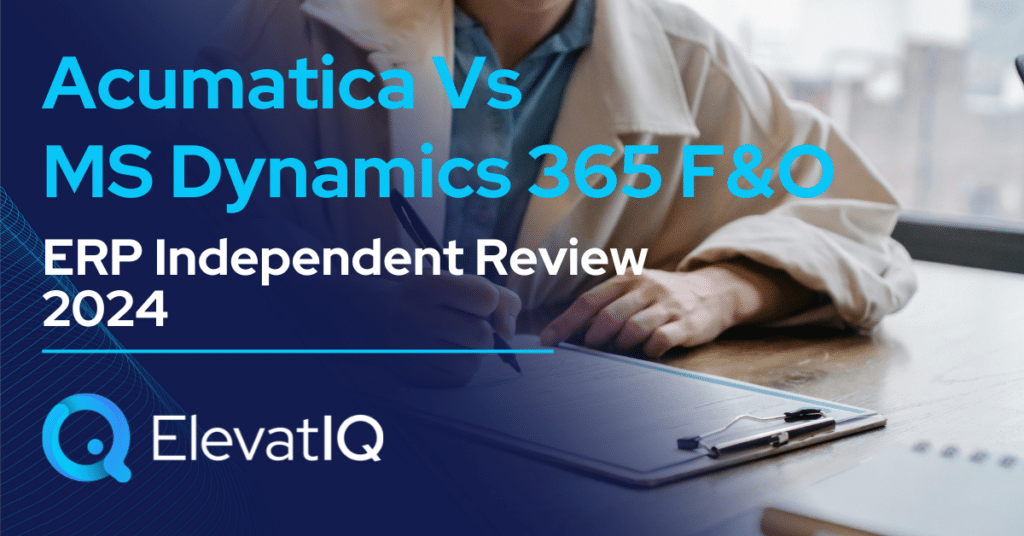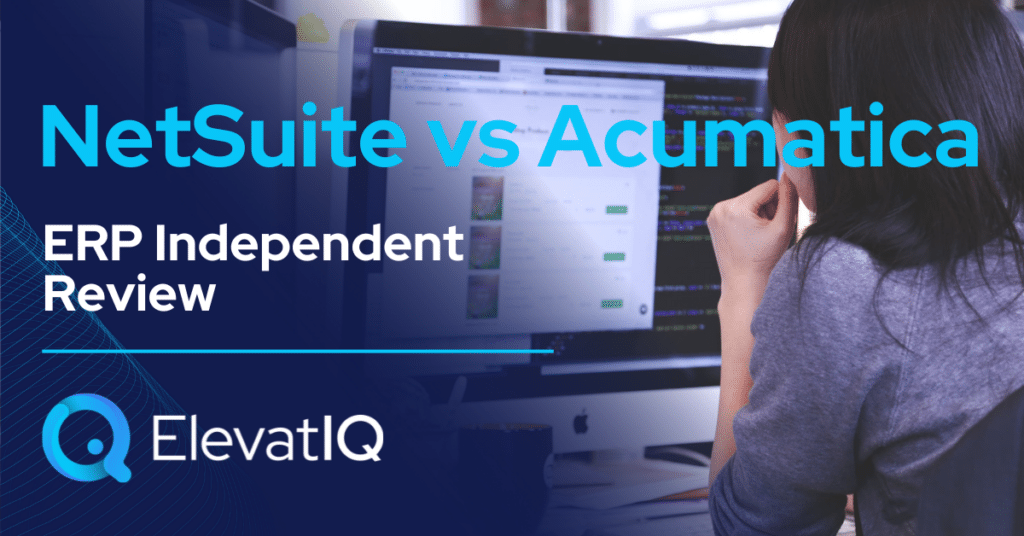SAP S/4 HANA vs Oracle Cloud ERP Independent Review 2024
The architecture that goes along with the SAP S/4 HANA Suite is what enterprise-grade companies are likely to prefer, including leading products such as SAP SuccessFactors for HCM, SAP Hybris for Commerce, SAP EWM for WMS, Ariba for P2P, and Concur for T&E. On the other hand, Oracle ERP Cloud remains a top choice for …
SAP S/4 HANA vs Oracle Cloud ERP Independent Review 2024 Read More »

